Copper’s up trend resumed last week and accelerated significantly higher. The move was primarily driven by imposition of new trade sanctions by the UK and US, targeting Russian exports of key metals including aluminium, copper, and nickel to major commodity exchanges like LME and CME. This policy move, aimed at penalizing Russia for its actions in Ukraine, has effectively curtailed supplies of these metals, exerting upward pressure on prices.
The underlying fundamentals of Copper have also been robust, shaped by a combination of supply-side challenges and a upturn in the global economy. Notably, rebound in China’s industrial activity has played a crucial role in bolstering market momentum. Additionally, disruptions at significant mining operations have tightened the supply further, adding to Copper’s momentum.
From a speculative standpoint, the enthusiasm in the copper market is also palpable. According to recent LME data, hedge funds have increased their net long positions in Copper to the highest levels since February 2021. This influx of financial investments into copper futures suggests that prices may now be exceeding the actual market fundamentals, indicating a speculative bubble in formation.
Technically, the strong break of 4.3556 resistance confirmed resumption of whole rise from 3.1314 (2022 low). Near term outlook will stay bullish as long as 4.2645 support holds. Next target is 261.8% projection of 3.5021 to 3.9346 from 3.6324 at 4.7647.
This level is close to 100% projection of 3.1314 to 4.3556 from 3.5021 at 4.7263, as well as long term channel resistance. The cluster resistance zone at around 4.7 would be crucial to decide whether Copper is already in a secular bull markets that’s ready to power through 5.000 psychological level.
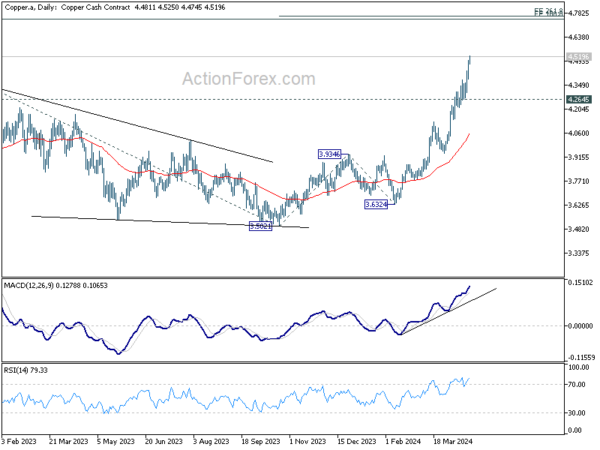
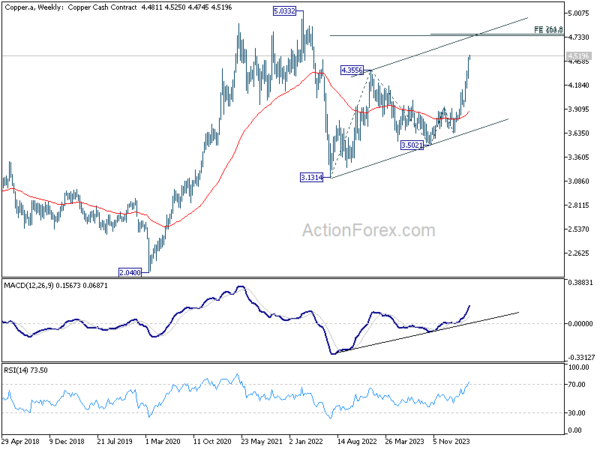






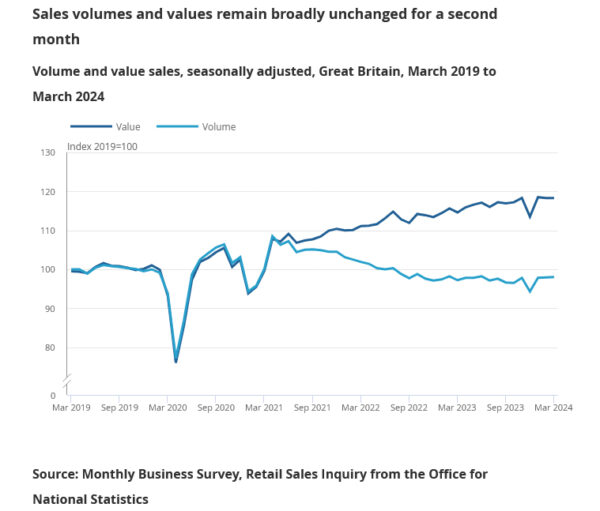
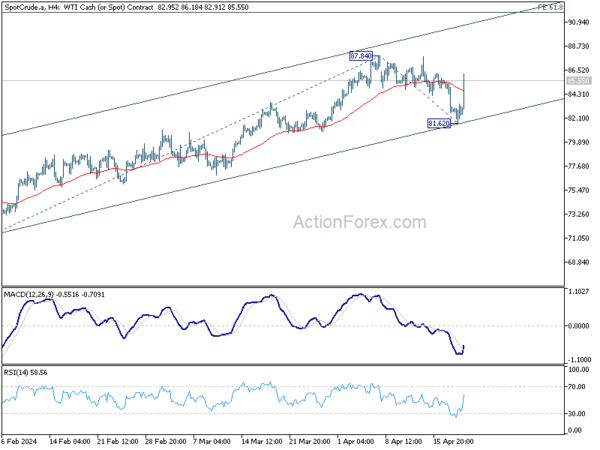
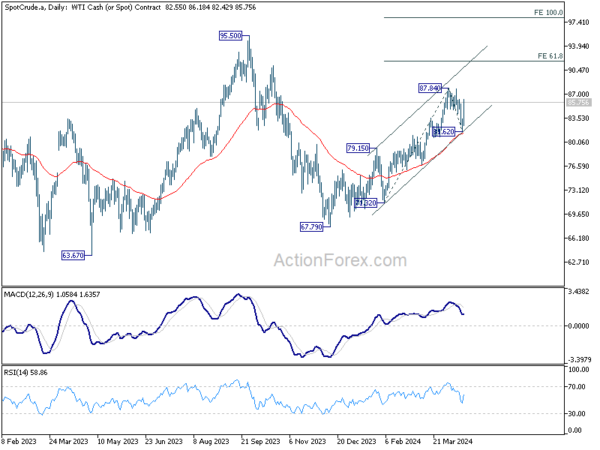
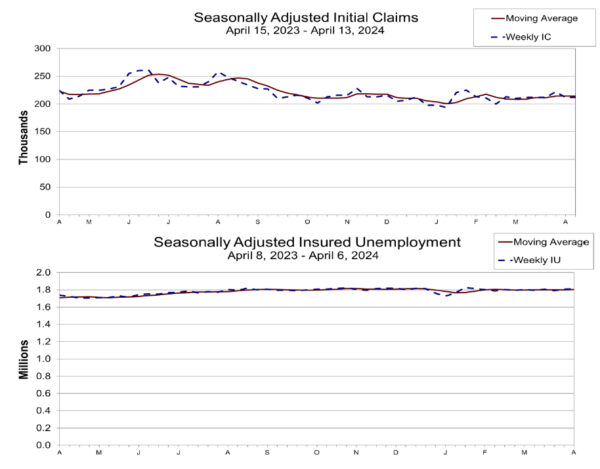
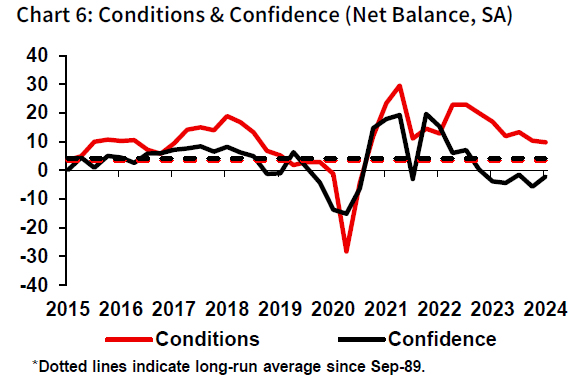
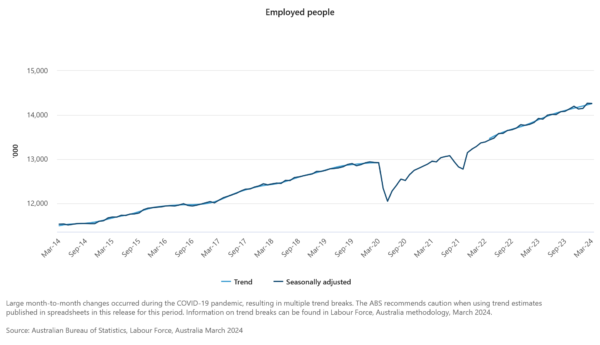
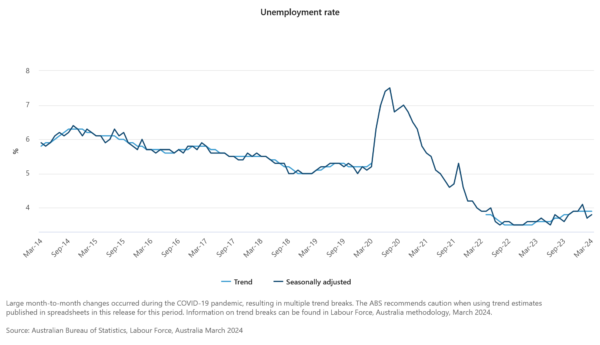

Australia’s PMI Composite rises to 53.6, RBA might hike again in H2
Australia’s PMI Manufacturing has nearly reached the neutral mark in April, jumping from 47.3 to 49.9. PMI Services edged higher from 54.2 to 54.4, contributing to PMI’s Composite rise from 53.3 to 53.6, marking a 24-month high and indicating the third consecutive month of expansion.
Warren Hogan, Chief Economic Advisor at Judo Bank, said that Composite PMI has averaged 51.5 over Q1, a substantial improvement from 46.9 average in Q4 2023 and correlates with GDP growth of around 0.6% for the March quarter. Hogan suggested that if this trend persists, GDP growth could accelerate to approximately 0.8% in the following quarter.
The results also suggest a cyclical recovery, rebounding from the consumer-led slowdown experienced in 2023. This recovery appears to be more robust than anticipated by RBA, suggesting that the economy is beginning to “wander off their ‘narrow path'”. This “narrow path” scenario envisages economic activity remaining subdued to ensure inflation eases back to target by late 2025
“The RBA will likely be concerned that a pick-up in activity, before inflation returns to target, could threaten medium to long-term price stability,” Hogan added. “These results are inconsistent with interest rate reductions at any stage in the foreseeable future and raise the risk that the RBA may have to start hiking again at some stage over the back half of 2024.”
Full Australia PMI release here.